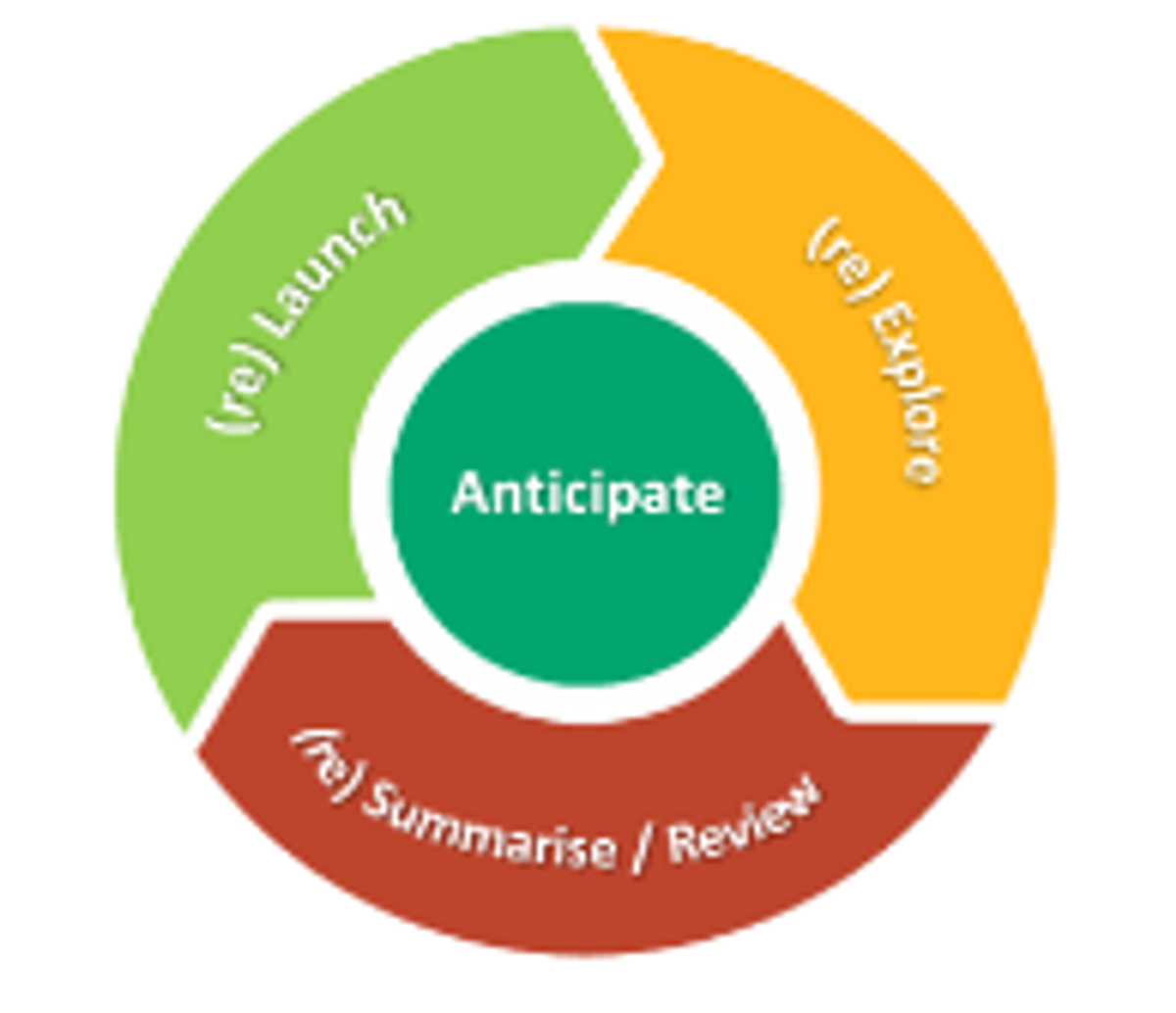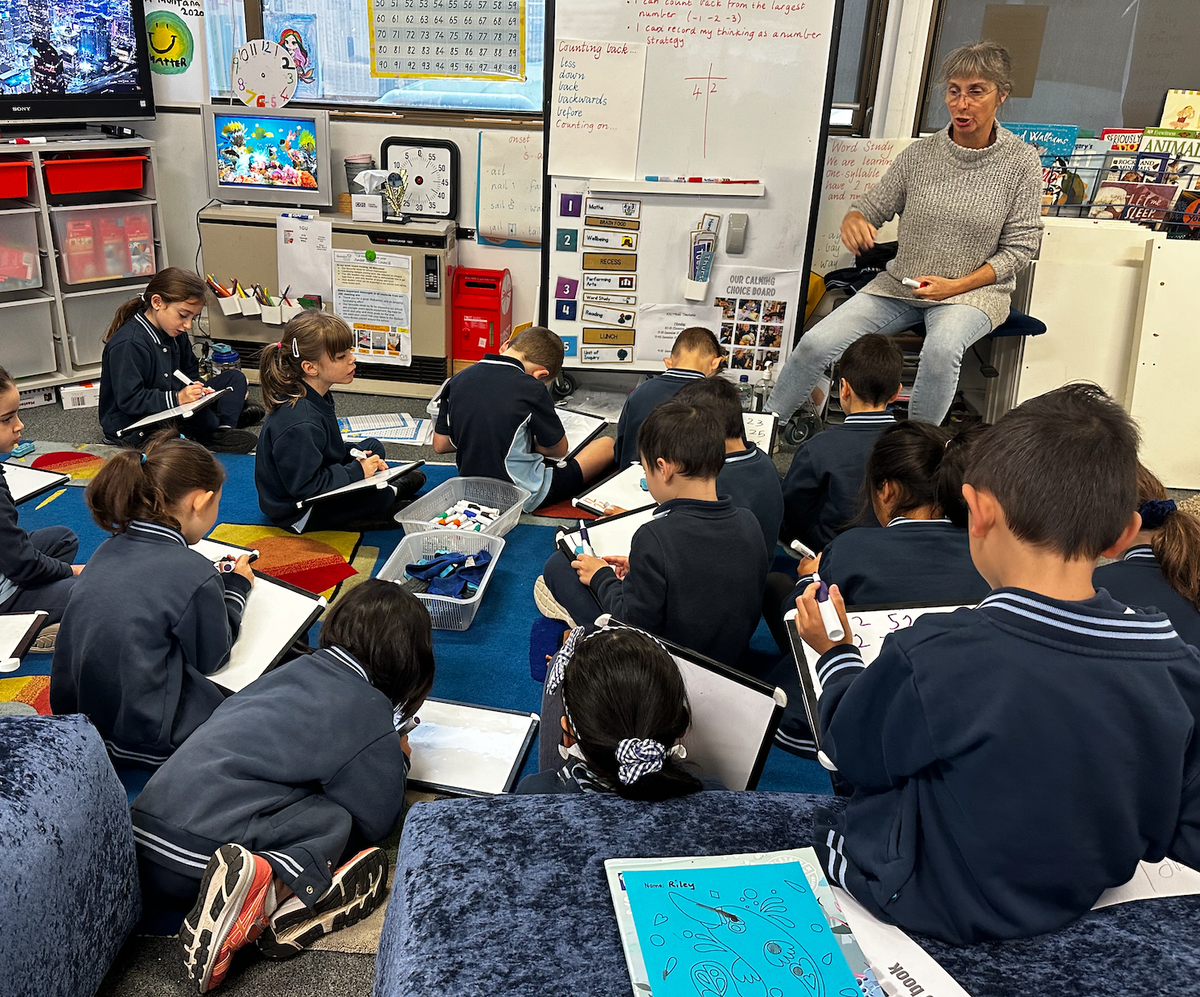Numeracy at ENPS

Lifting the numeracy levels of Victorian students is a key Education State goal and one that ENPS has been continuing to target. Numeracy is the knowledge, skills, behaviours and dispositions that students need in order to use mathematics in a wide range of situations. It involves recognising and understanding the role of mathematics in the world and having the dispositions and capacities to use mathematical knowledge and skills purposefully. In 2024 our Annual Implementation Plan (AIP) continues to prioritise student outcomes in this area and further strengthen our teaching and learning practices.
Over the length of our Strategic Plan we commenced an in depth review of our curriculum, engaged in professional learning and made a significant investment in our resourcing. We commenced our work with the Mathematical Association of Victoria (MAV) with the aim to develop students' confidence in mathematics and ensure a consistent approach to learning and teaching across all year levels. Through an extensive evidence-based review process we identified a student centred inquiry approach would be best suited for our context and meet the individual and collective needs of our community of learners.
The model focuses on each lesson following the Launch-Explore-Summarise instructional approach. This week we have had the opportunity to continue our work with Renee Ladner, our Primary Education Consultant from MAV, through coaching sessions. These sessions provide an opportunity for our teachers to reflect on our practices, celebrate our achievements and engage with continuous professional development.
At ENPS our instructional model for each lesson is described below:
The first phase in the lesson is the ‘Launch’ for which teachers:
- Lead a preliminary activity, which can be a fluency exercise related to the content of the lesson or a discussion to familiarise students with the lesson context.
- Pose the main task without instructing students on any solution path or method.
- Invite questions to clarify language, materials and representation.
The next phase is ‘Explore’ in which students:
- Are provided with individual think time after which they might choose to work collaboratively.
- Are given or use enabling prompts if they are stuck and extending prompts to students who have finished.
- Students are encouraged to share partial solutions and/or discuss misconceptions that have arisen.
The next phase, ‘Summarise/Review’ involves:
- Supporting students in articulating solutions and strategies by revoicing when necessary.
- Synthesising, emphasising and recording key mathematics points building on student contributions.
An important element of this model is the ‘Anticipate’ phase, which involves developing considered expectations about how students might mathematically interpret a problem and the array of strategies they could demonstrate. During collaborative planning sessions, teachers spend time anticipating students' responses to support differentiation, student growth and responsive teaching.
We look forward to sharing more about learning and teaching at ENPS with our community and hope you value an insight into your child's learning through the perspective and intent of our teaching at ENPS.




